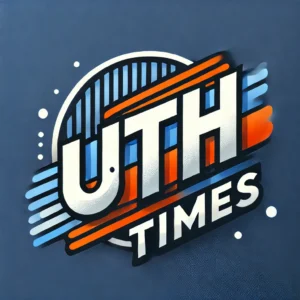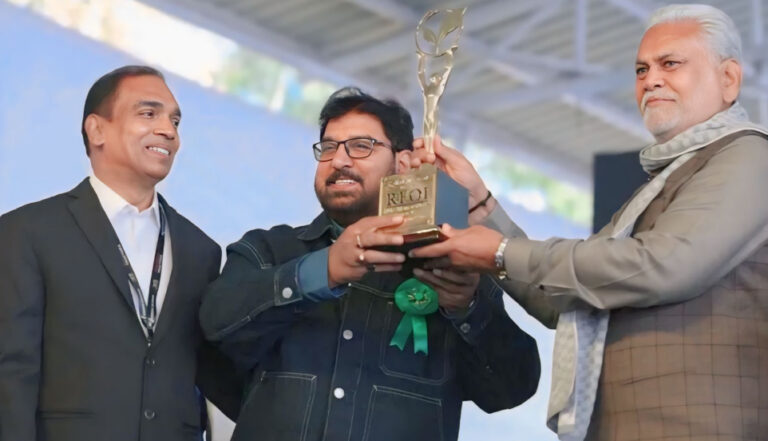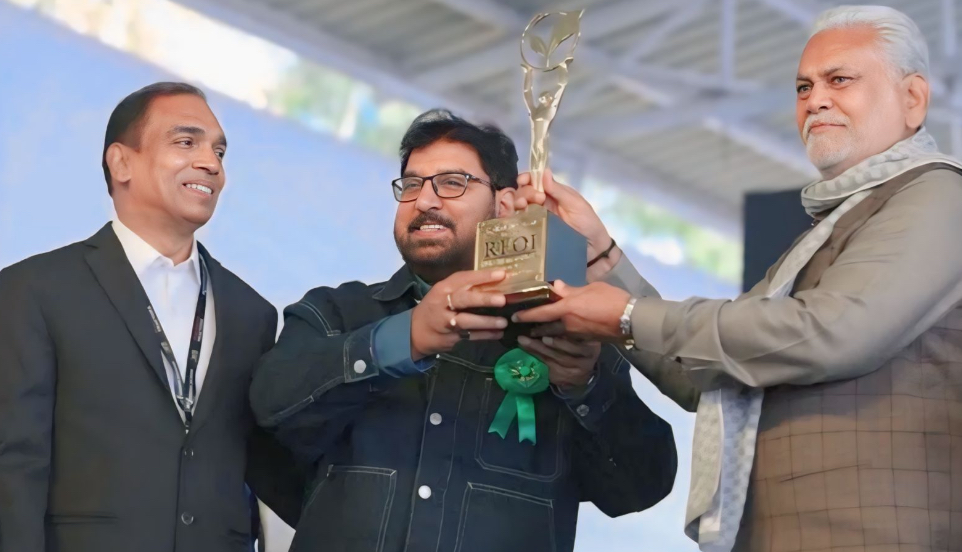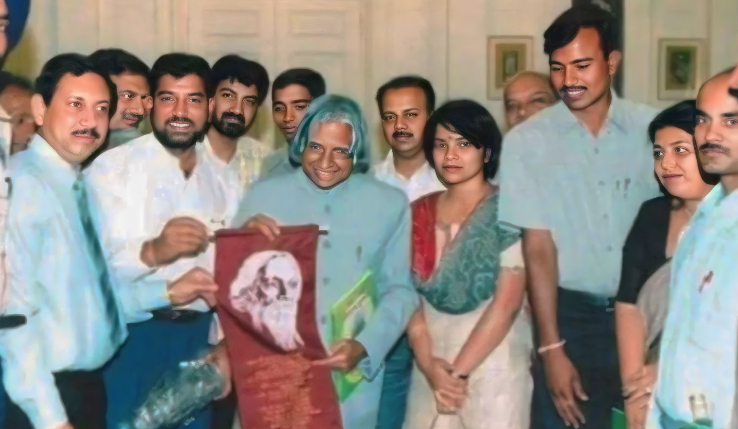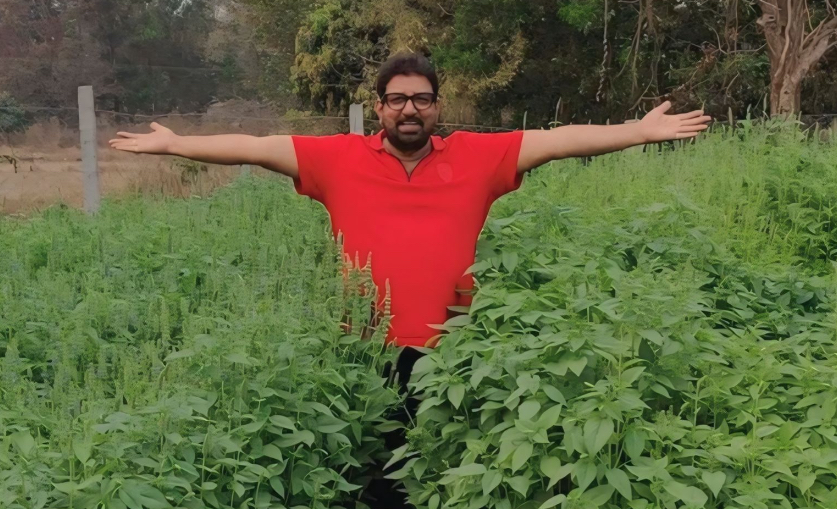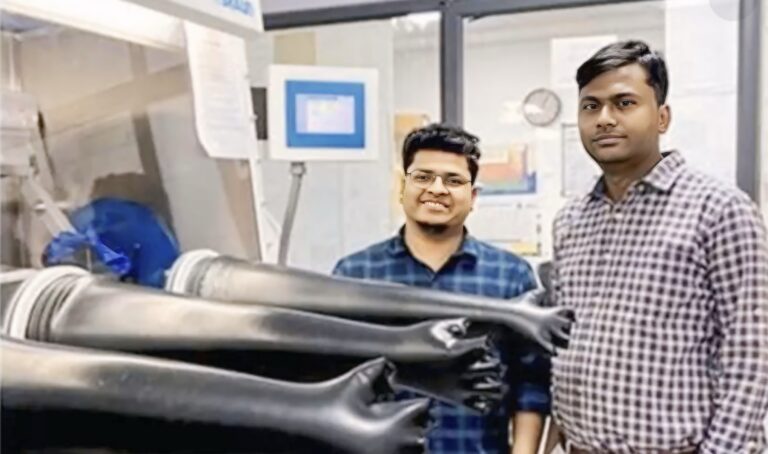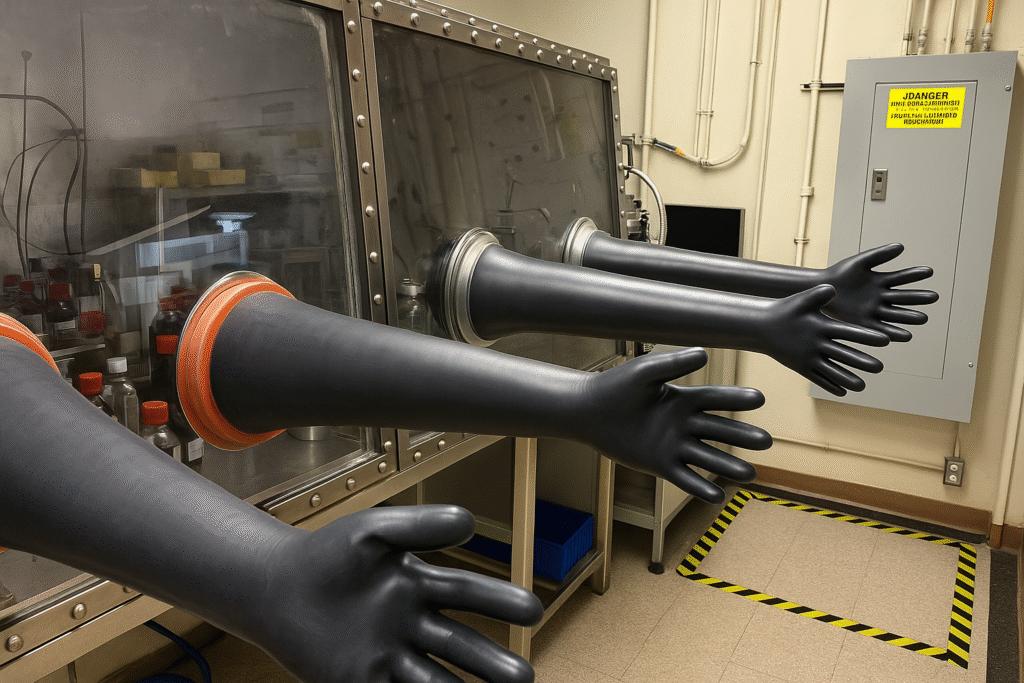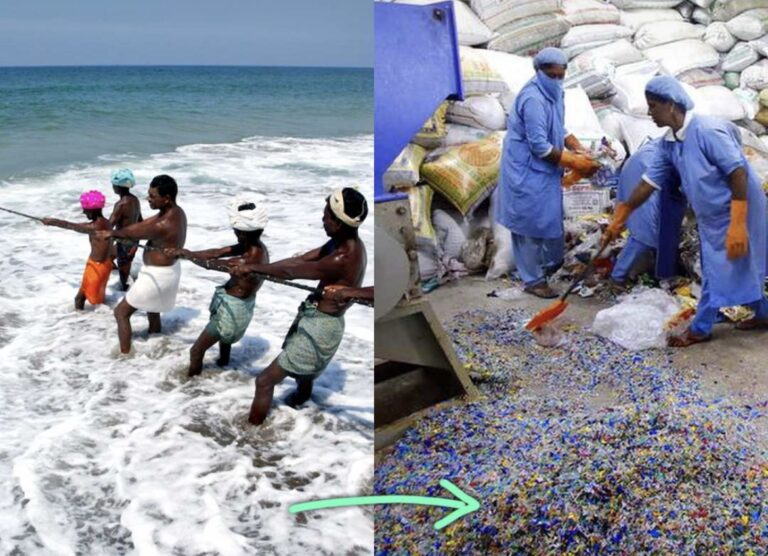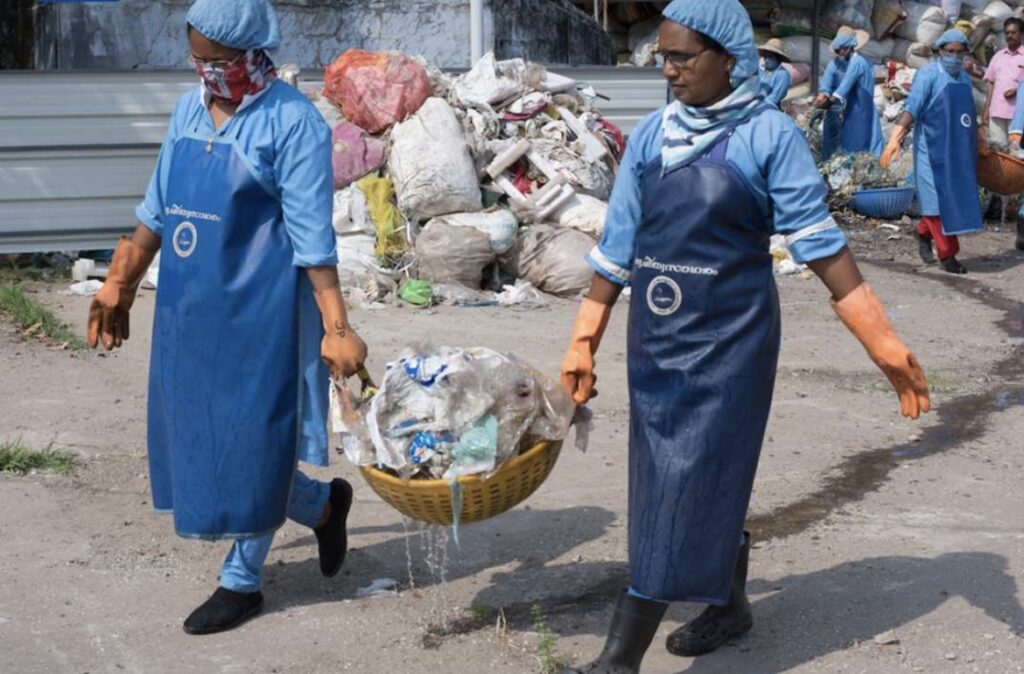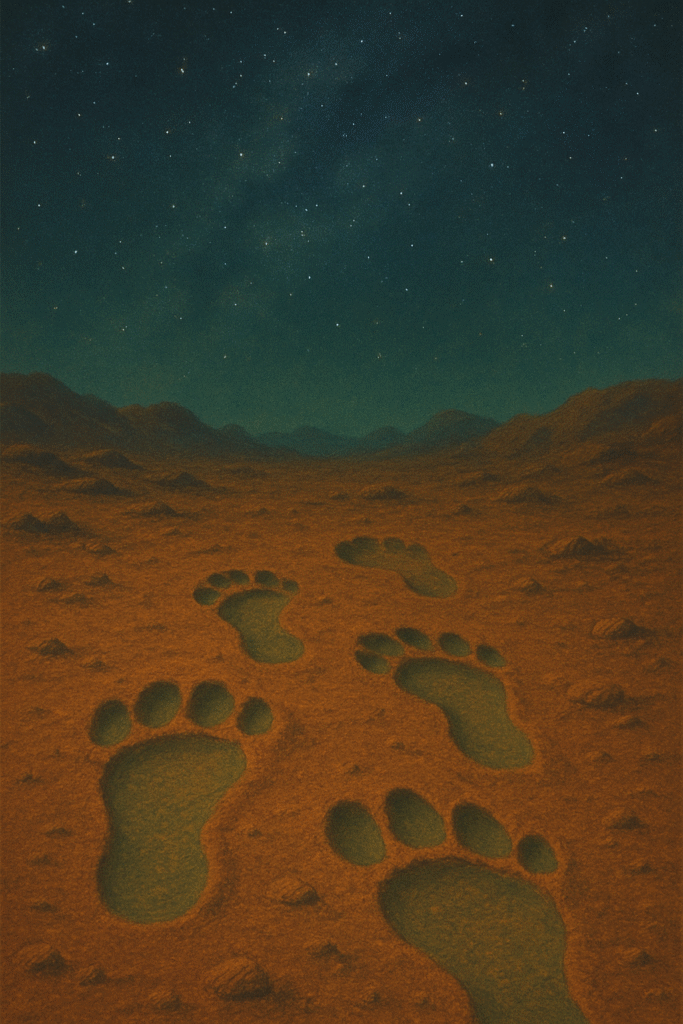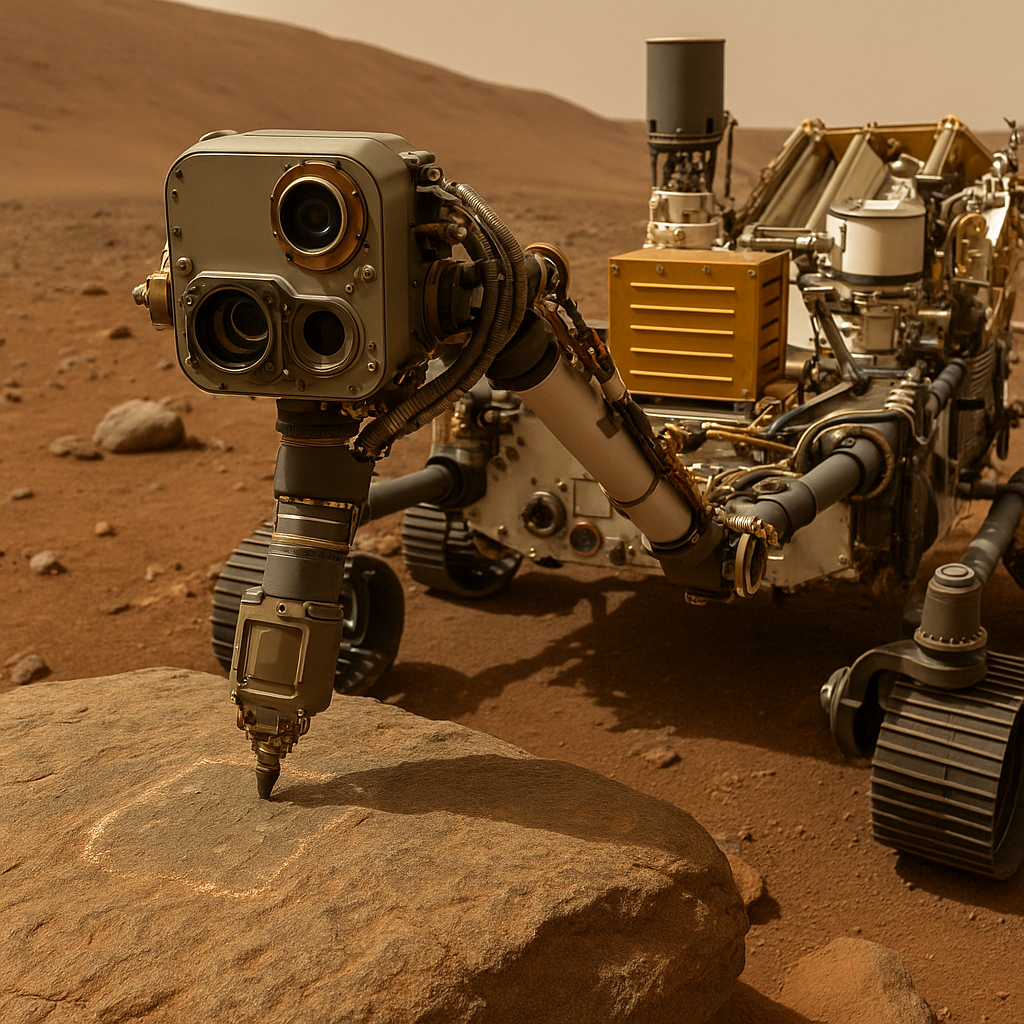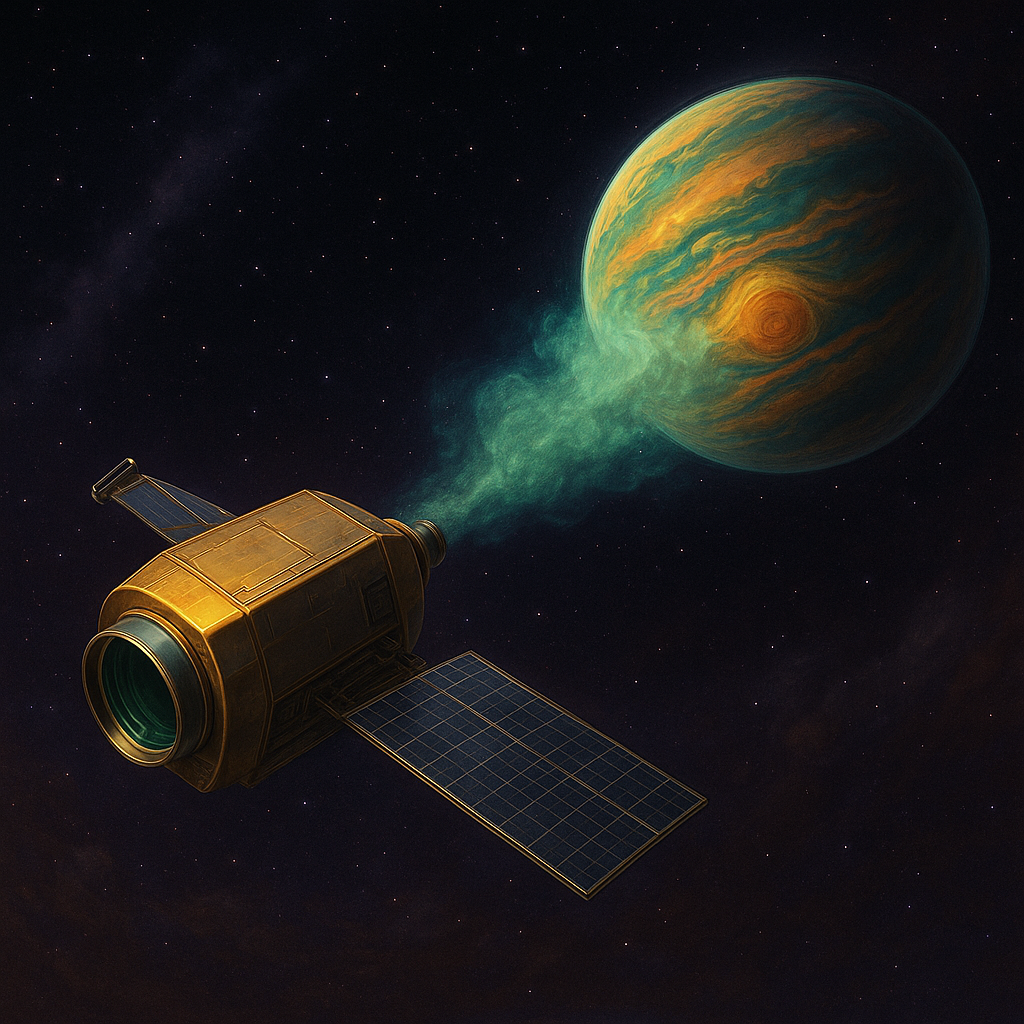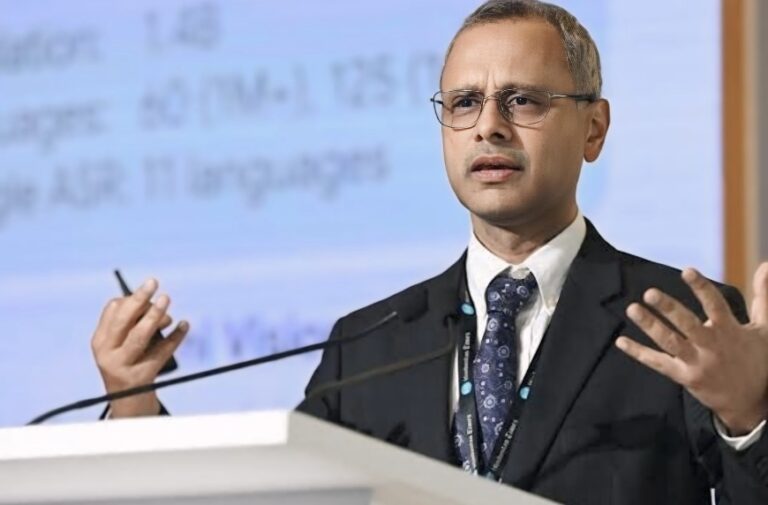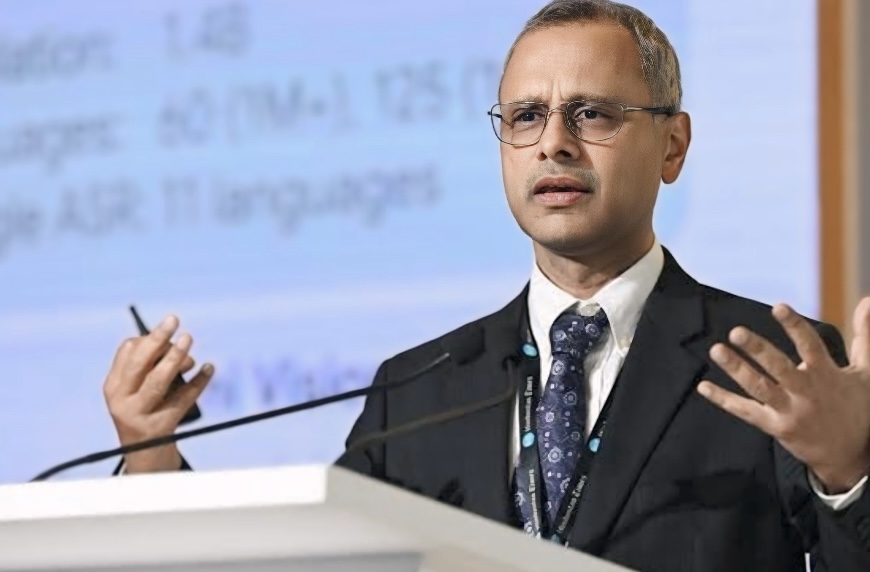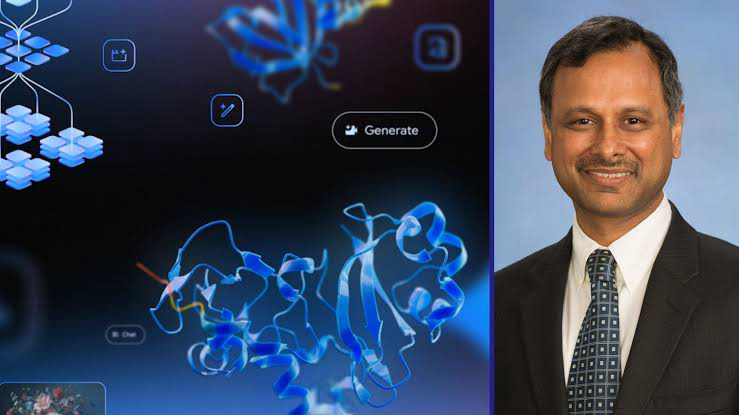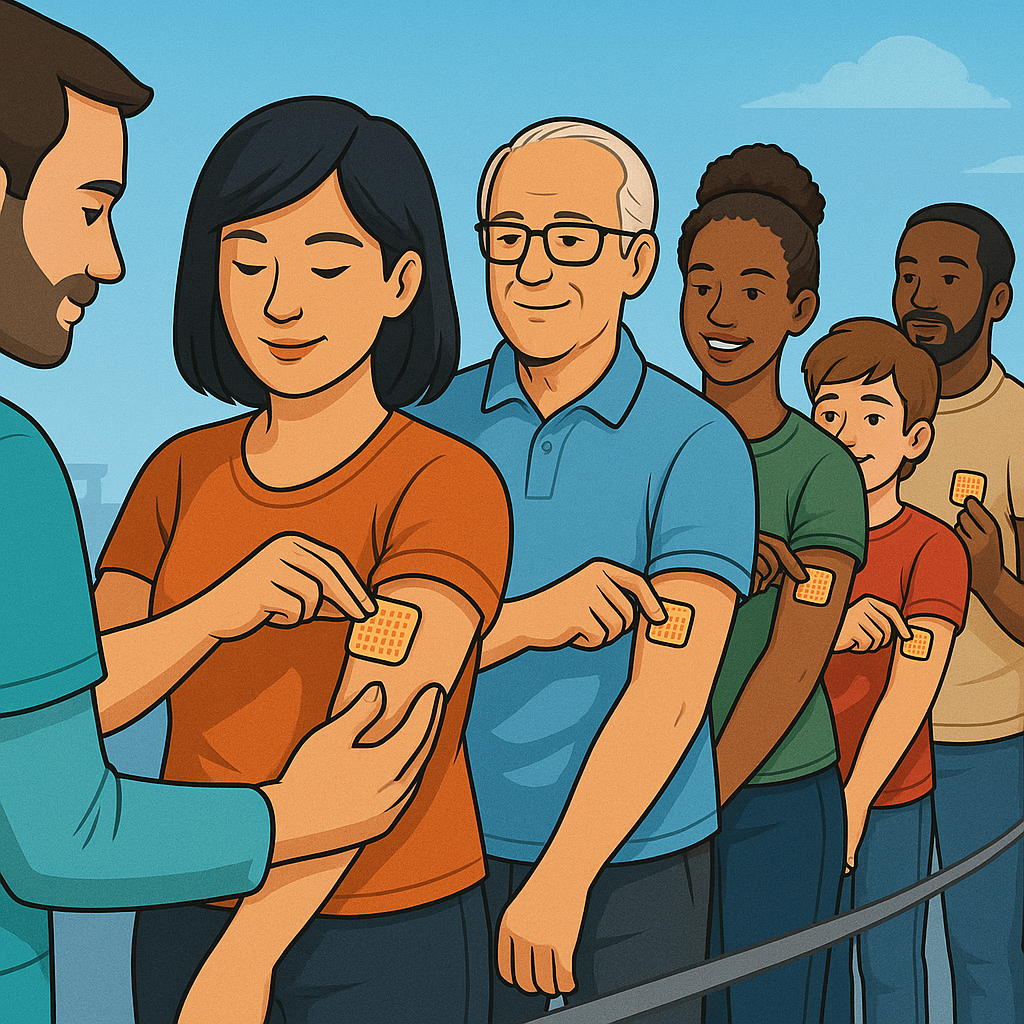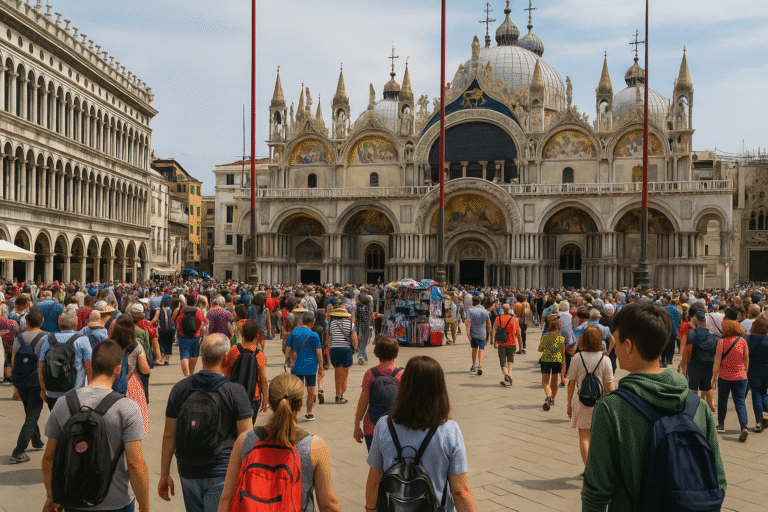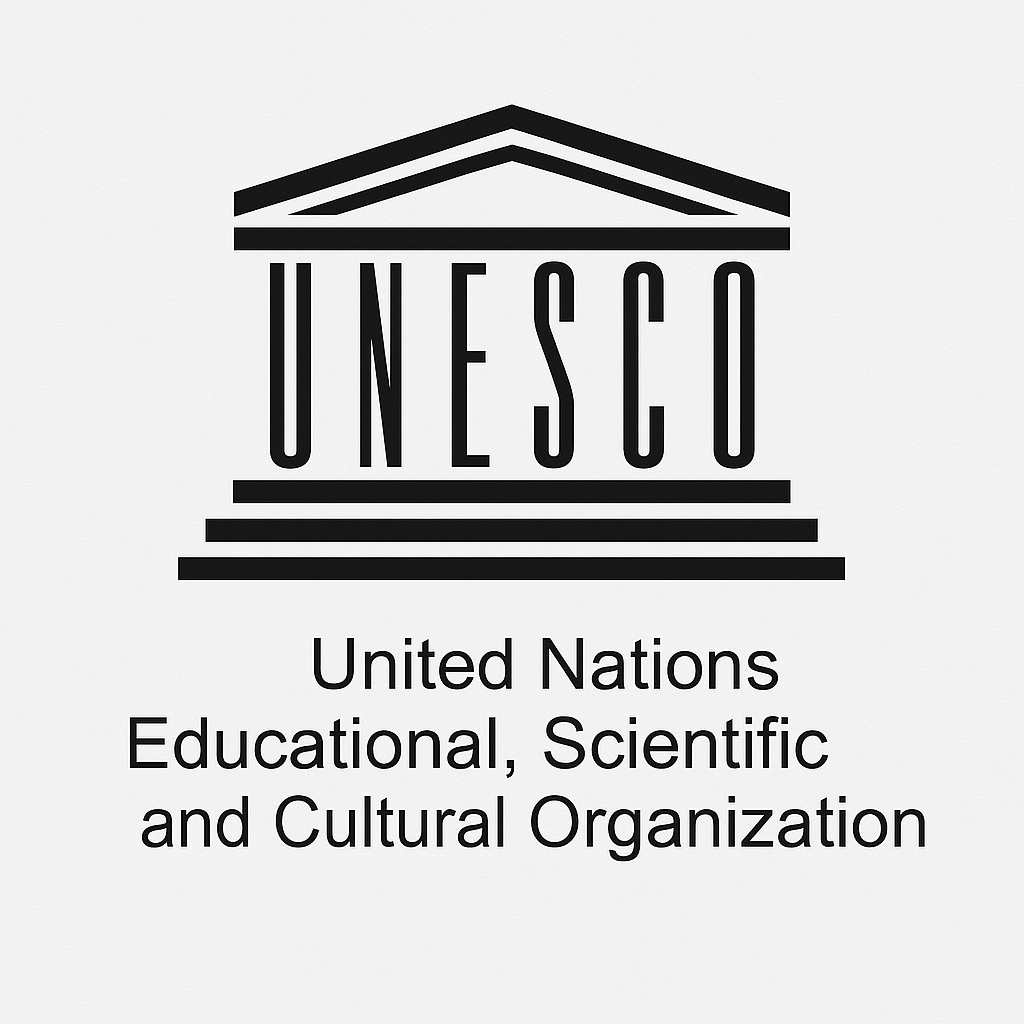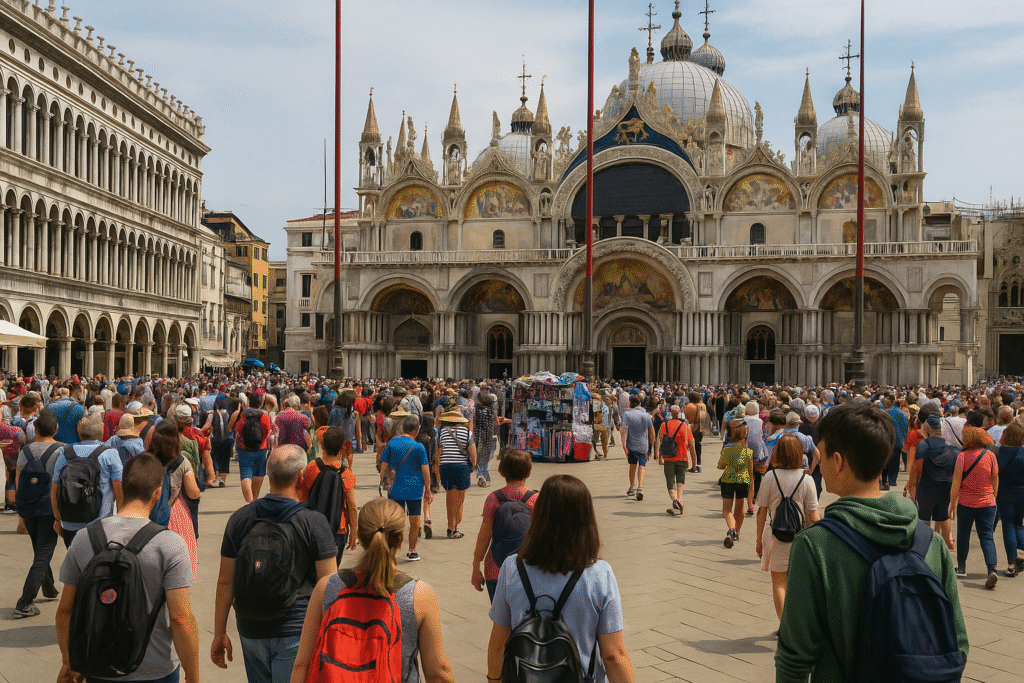Imagine a world where your monthly electricity bill is no more than the cost of a cup of chai. That dream might not be too far away, thanks to a breakthrough by researchers at the Indian Institute of Technology Bombay (IIT-B). Their latest innovation in solar cell technology could potentially reduce electricity costs to as low as ₹1 per unit — a game-changer for India’s energy economy.
🌞 What is a Solar Power Plant?

A solar power plant is a system installed on your rooftop or land that captures sunlight using solar panels and converts it into electricity. This electricity can power your home, office, or even be fed back into the grid.
⚡ Why It’s a Game-Changer

- Ultra Low-Cost Energy: Once installed, your cost per unit can drop as low as ₹1. This is a fraction of what traditional electricity costs.
- Make Money, Not Bills: If your system produces more power than you use, you can sell the surplus back to the electricity board—turning your home into a mini power station.
- One-Time Investment, Lifetime Benefit: Solar panels have a lifespan of 25–30 years. That means decades of free or minimal-cost electricity.
- Eco-Friendly Living: Every unit of solar energy used is one less unit generated by burning fossil fuels. You’re not just saving money—you’re saving the planet.
🌱 How It Works (Simple Steps)
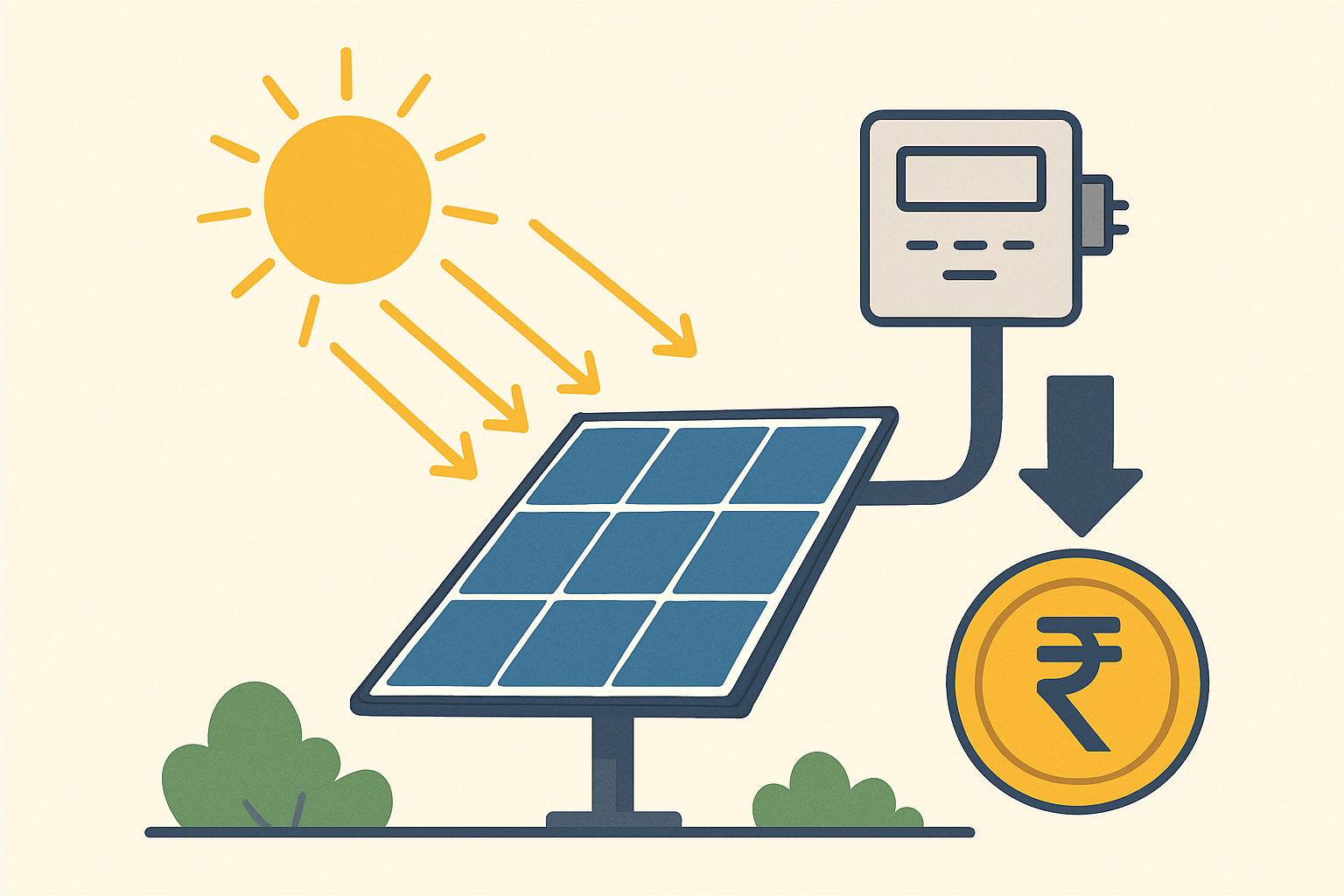
- Sunlight hits the solar panels.
- Panels convert sunlight into DC electricity.
- An inverter changes it into usable AC power.
- You use the power at home—or send it to the grid.
- You monitor usage and savings through smart apps.
💰 Real Value: Earn Through Energy

- Many homeowners are now earning monthly credits from electricity boards.
- Installing a 3kW–5kW system can cover all your home’s power needs.
- Government subsidies and tax benefits make installation more affordable than ever.
🌟 Final Thought
A solar power plant isn’t just about saving energy—it’s about empowering your lifestyle. Whether you’re tired of high bills or looking to live greener, the sun has the solution.
Don’t just use energy. Own it.
